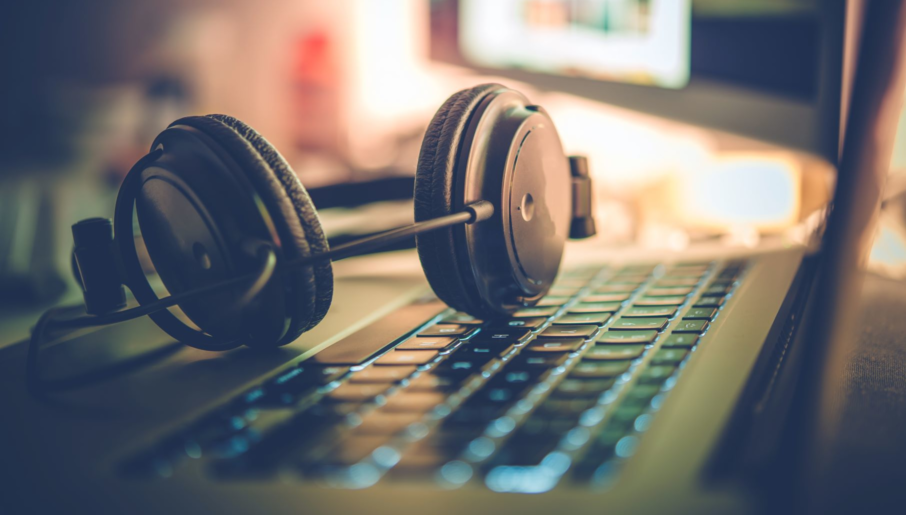Introduction
In today’s digital-first world, music is everywhere—from Spotify playlists to TikTok clips, TV ads to YouTube videos. But have you ever wondered how artists and producers get paid when their music is streamed, played, or used commercially? The answer lies in music royalties—the financial lifeblood of the music industry.
Whether you’re an independent artist, a music enthusiast, or an investor curious about the business side of entertainment, understanding how music royalties work is key to grasping the economics of creative content. In this article, we’ll break down what music royalties are, how they’re generated and tracked, and the different types of royalties that ensure creators get paid for their work.

What Are Music Royalties?
Music royalties are payments made to rights holders—typically artists, producers, songwriters, and publishers—whenever their music is used. These royalties are essentially licensing fees paid by entities who use the music for commercial purposes. The goal is to ensure fair compensation for the creators and stakeholders who contributed to the piece.
Music royalties are generated when a song is:
- Streamed on platforms like Spotify, Apple Music, or YouTube
- Played on radio stations
- Performed live
- Used in films, commercials, or TV shows
- Sold as a digital download or physical copy
Every time music is consumed commercially, a royalty is due.
Types of Music Royalties
There are several types of royalties in the music industry, each corresponding to a different form of music usage. Here’s a breakdown:
1. Performance Royalties
These are earned when a song is played publicly—on the radio, in a live venue, on TV, or through streaming services. These royalties are collected and distributed by Performance Rights Organizations (PROs) such as ASCAP, BMI, and SESAC in the U.S., or PRS in the UK.
Who gets paid? Songwriters and publishers.
2. Mechanical Royalties
These royalties are earned when a song is reproduced, whether through digital downloads, physical CDs, or streaming platforms. In the age of Spotify and Apple Music, mechanical royalties play a crucial role in compensating creators.
Who gets paid? Songwriters and publishers.
3. Synchronization (Sync) Royalties
These occur when a song is licensed for use in a movie, commercial, TV show, video game, or even a YouTube video. This is typically a one-time fee negotiated between the rights holder and the licensee.
Who gets paid? Songwriters, publishers, and sometimes performers.
4. Master Royalties
Paid to the owner of the master recording (usually a label or the artist), these are generated when the actual sound recording is used—especially in streaming and sync licensing scenarios.
Who gets paid? The recording artist or the record label.
How Are Music Royalties Tracked and Collected?
The world of royalties is intricate, but it’s tightly managed through a network of organizations that monitor, track, and collect payments on behalf of creators.
1. Performance Rights Organizations (PROs)
These are responsible for collecting performance royalties and distributing them to the rightful owners. PROs use monitoring systems, data collection tools, and partnerships with broadcasters and venues to track plays.
Examples:
- ASCAP (American Society of Composers, Authors and Publishers)
- BMI (Broadcast Music, Inc.)
- SESAC, GMR, and international counterparts like SOCAN and PRS for Music
2. Mechanical Rights Organizations
In the U.S., mechanical royalties are tracked by organizations like The Mechanical Licensing Collective (The MLC) and Harry Fox Agency. They ensure digital platforms like Spotify and Apple Music pay for every stream or download.
3. Music Publishing Administrators
Services like Songtrust or CD Baby Pro help independent artists register their songs, collect royalties globally, and manage publishing rights.
When Do Music Royalties Happen?
Music royalties are triggered in various commercial scenarios, including:
- Streaming on digital platforms (e.g., Spotify, YouTube, Apple Music)
- Terrestrial and digital radio airplay
- TV and film placement (sync licensing)
- Public performances at bars, concerts, and restaurants
- Digital and physical sales
- User-generated content (e.g., TikTok videos, Instagram reels)
With the explosion of digital media and global streaming, the number of royalty-generating events has skyrocketed. A song released today could earn royalties from a live DJ set in Ibiza, a Netflix series in Canada, or a TikTok trend in Brazil.
How Did Music Royalties Begin? A Brief History
The concept of music royalties dates back to the 19th century, when composers began to push for compensation when their sheet music was used or performed. As the music industry evolved—from vinyl records to CDs to digital streaming—the royalty system expanded to adapt to new technologies.
The formation of Performance Rights Organizations in the early 20th century laid the foundation for modern royalty collection. With the rise of the internet and streaming services in the 2000s, legislation like the Music Modernization Act (2018) in the U.S. aimed to update and streamline royalty distribution for the digital age.
Today, the royalty ecosystem continues to adapt, thanks to blockchain, AI, and advanced data tracking technologies that promise more transparency and efficiency.
Why Music Royalties Matter for Investors and Creators
For creators, music royalties are a long-term passive income stream. A hit song can generate royalties for decades, making music catalogs valuable financial assets.
For investors, royalties present a new frontier. Platforms like Royalty Exchange allow individuals to invest in music catalogs and receive a share of the ongoing revenue. With the music streaming market expected to grow globally, investing in royalties can offer stable, inflation-resistant returns.
Conclusion
Music royalties are the invisible engine behind the entertainment industry, turning creativity into recurring income. Whether you’re a musician aiming to monetize your work, an entrepreneur in the creative sector, or an investor looking for alternative assets, understanding music royalties is essential.
From streaming and public performances to sync licensing and digital downloads, music consumption is constantly being converted into payments for those who bring sound to life. As technology continues to evolve, so will the royalty structures—making it more important than ever to stay informed, strategic, and rights-aware in the ever-expanding universe of music monetization.

Leave a Reply